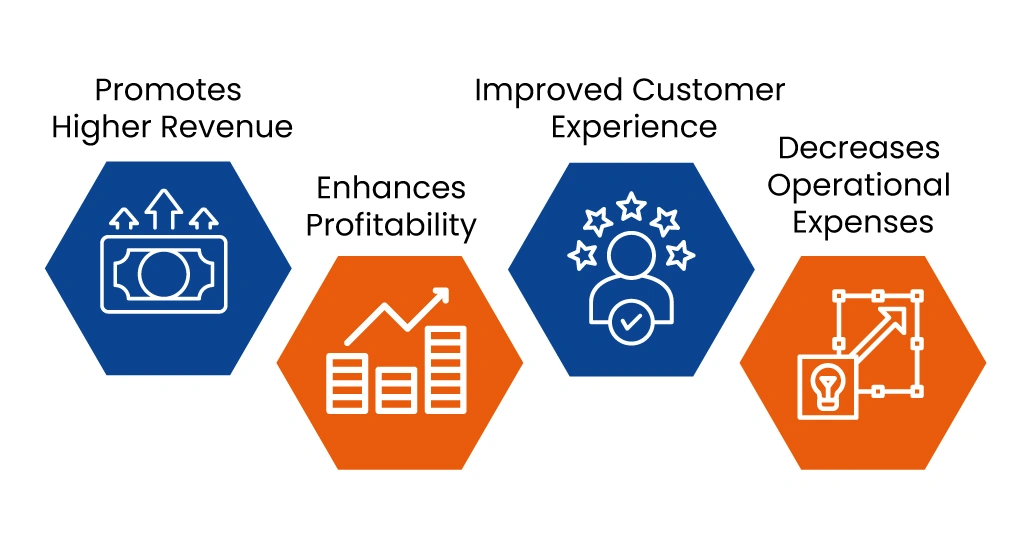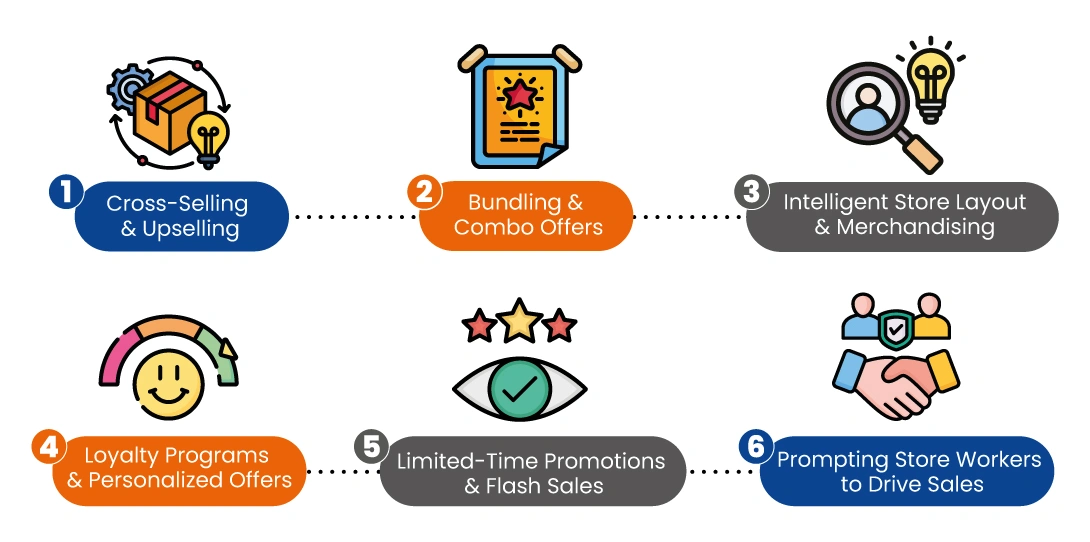
The Power of Basket Size: A Key Retail KPI for Higher Sales
In the competitive retail landscape of today, selling is not so much about getting more feet in the store—it's about getting as much revenue as possible from every transaction. Monitoring revenue is one of the most effective ways, and it comes in the form of monitoring basket size, a primary Key Performance Indicator (KPI) that reflects the number of products an individual buys within a single transaction. Higher basket size translates into greater sales, higher customer interaction, and profitability. Let's study the importance of basket size, its measurement, and how to maximize it.
What is Basket Size?
Basket size, also referred to as units per transaction (UPT), is the typical number of items a customer buys in a single visit. It is an important KPI in helping the store to understand what the customers are buying and how to get them to buy more at once.
Formula:
Basket Size = Total Units Sold / Total Transactions
For instance, when 5,000 products are sold through 2,000 transactions, basket size is 2.5 or the average shopper buys 2-3 products per transaction.
Why is Basket Size Important?

1. Promotes Higher Revenue
Greater basket size is directly correlated with greater sales without increasing foot traffic. Instead of relying solely on bringing more individuals into the store, the merchant can instead encourage existing customers to buy more per visit.
2. Enhances Profitability
Maximizing basket size can lead to a major boost in profit margins, particularly when customers purchase high-margin items with their primary items. This minimizes reliance on discount sales and increases overall profitability.
3. Improved Customer Experience
Carefully planned product assortment and in-store promotions can result in an improved shopping experience. Customers like being recommended products, bundled prices, and hassle-free checkout, all of which result in larger baskets and higher satisfaction.
4. Decreases Operational Expenses
As more products are purchased in a single transaction, costs of having to do it many times are reduced. This savings in efficiency manifests in terms of cost savings as well as enhanced utilization of resources.
How to Increase Basket Size: Proven Strategies

1. Cross-Selling & Upselling
Actively encourage upselling by encouraging linked products to be placed side by side. Placing chips near a drink or a phone case near smartphones encourages bundle buying. Train shop staff orientally to introduce add-on upgrades or higher versions of products.
2. Bundling & Combo Offers
Pricing product bundles at a lower price is an excellent way to grow basket size. For instance, a "Buy 2, Get 1 Free" promotion or a meal pack in a grocery store forces consumers to buy more than one product than just one.
3. Intelligent Store Layout & Merchandising
A well-designed store layout can also have a direct impact on shopper behavior. Placing impulse-buy products near checkout counters, placing high-demand products in the middle aisles, and utilizing engaging in-store displays can motivate consumers to put more items in their baskets.
4. Loyalty Programs & Personalized Offers
Customers tend to place products in their basket if they are rewarded. Having a program of loyalty with rewards or incentives for bulk purchases will make them do repeat shopping. Purchase history-based discounts also trigger higher purchases.
5. Limited-Time Promotions & Flash Sales
Inciting urgency through limited-time offers may prompt customers to purchase more. BOGO offers, "Spend & Save" offers, and time-limit offers can play magic in rising basket size.
6. Prompting Store Workers to Drive Sales
Store employees are major driving forces behind basket size. Inducing them to interact with the customer, up-sell and cross-sell more, and push special deals can go a long way to drive buying patterns.
Measuring and Optimalizing Basket Size
Tracking basket size over time allows retailers to identify trends, measure promotion effectiveness, and optimize sales planning. Information can be derived from point-of-sale (POS) systems data, customer buys, and loyalty programs.
Key Questions to Ask:
- Are customers buying more per trip over time?
- Which product departments contribute to larger baskets?
- Do particular promotions boost basket size?
- How is basket size varying by store location or by day part?
By continuous monitoring and fine-tuning this KPI, the retailers can inspire higher sales, improved profitability, and customer satisfaction.
Basket size is more than a number—it's a key indicator of customer engagement, sales strategy effectiveness, and business growth. By following the right strategies, the retailers can inspire larger transactions, propel revenue, and provide a frictionless shopping experience that inspires repeat business.
Want to increase your product’s basket size per transaction? Partner with Love In Store today!
